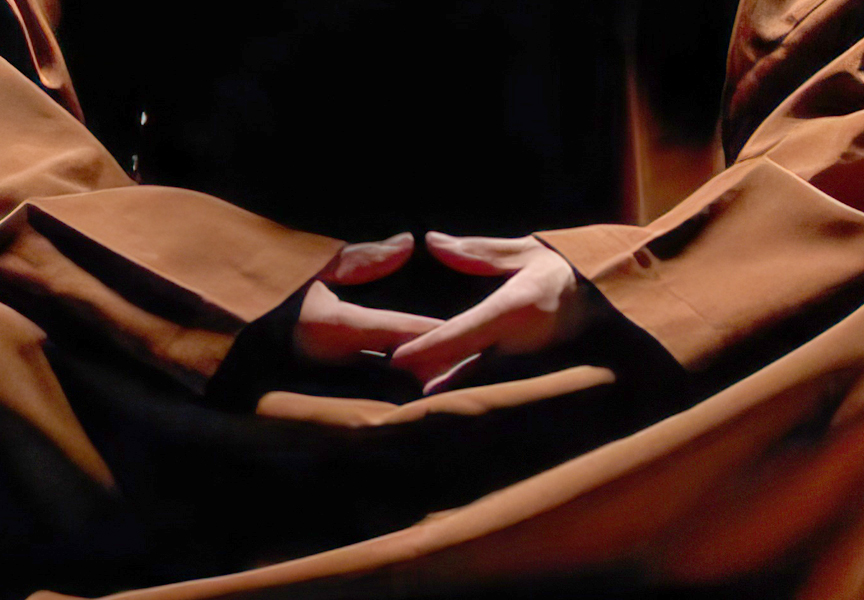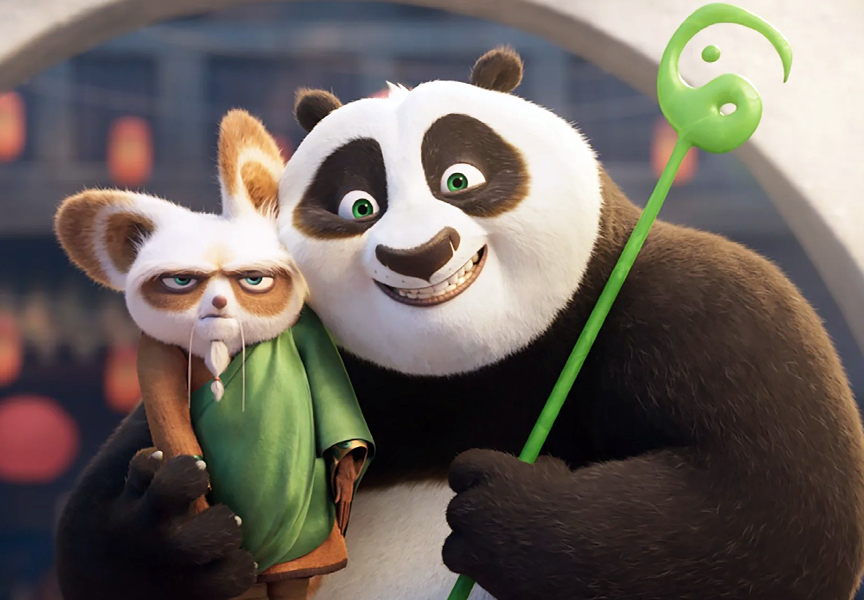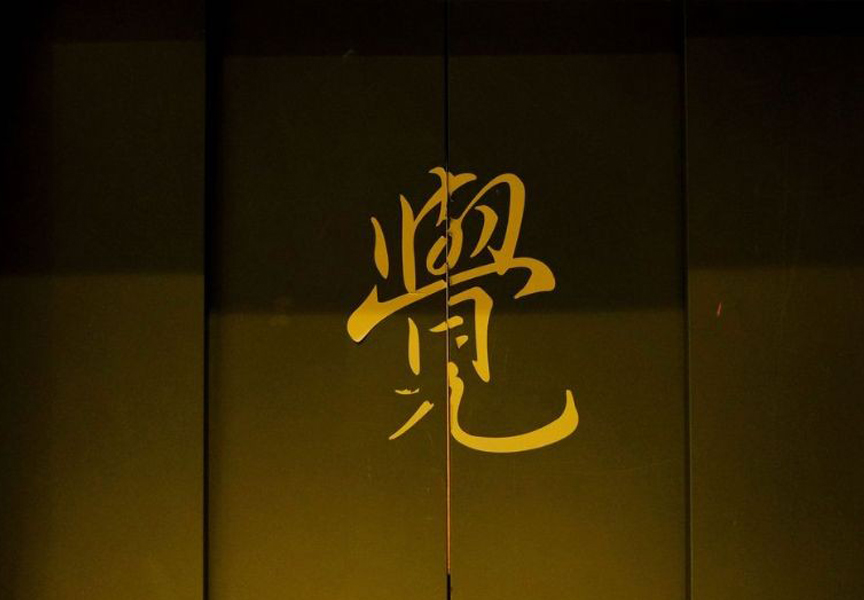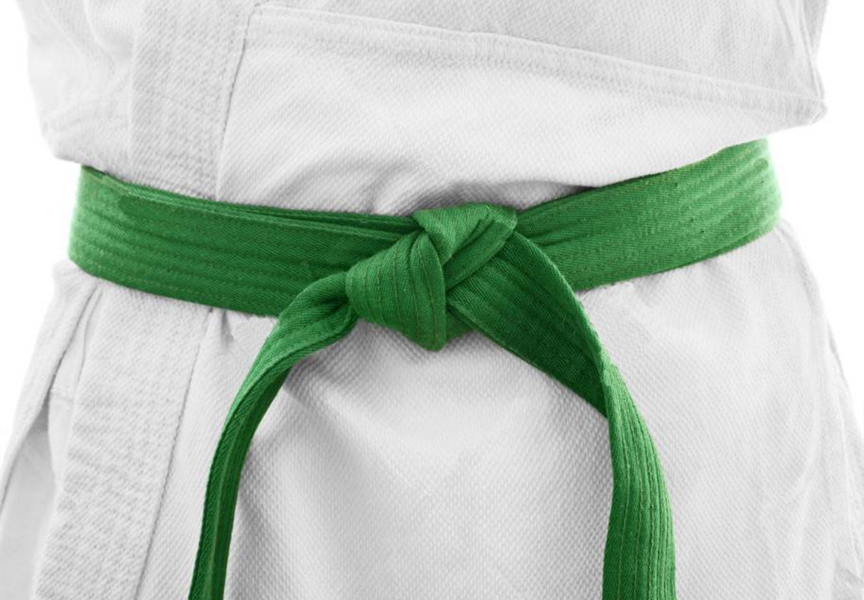Random Free Articles
- Equal Breathing

A Harmonious Journey to Mindful Balance In the hustle and bustle of modern life, where stress and anxiety often take center stage, finding solace and balance becomes paramount for overall well-being. One ancient practice that has stood the test of time is Equal Breathing - Fang Huxi [Chin.: Fāng hūxī 方呼吸], also known as Sama Vritti [Samāvṛtti - समां वृत्ति] . This mindful breathing technique offers a simple yet…
- The Ethical Imperative in Self-Defense

Prioritizing Efficacy Over Profit In the realm of self-defense instruction, a troubling trend has emerged: the commodification of fear. Many self-proclaimed experts exploit individuals' anxieties about personal safety, offering elaborate courses and expensive equipment. While the demand for self-defense training is understandable, there is an ethical imperative to prioritize practical and effective techniques over profit. Instructors…
- Concept of Family in Chinese Traditional Martial Arts

In the realm of Chinese traditional martial arts, the concept of family extends far beyond mere blood relations. It embodies a profound philosophy that transcends physical combat, emphasizing values such as loyalty, respect, and harmony. Rooted in ancient traditions and wisdom, the notion of family in martial arts serves as a cornerstone for personal development, community cohesion, and cultural preservation. At the heart of Chinese martial…
- Ηeart to Ηeart Τransmission

What the Heart Feels, the Mind Transmits Education is a multifaceted process that goes beyond the mere exchange of instructions. In the realm of learning and teaching, there exists a profound and often overlooked dimension known as "heart to heart transmission" [Chin.: FóXīn 佛心 | Jap.: Ishin-denshin]. This form of communication transcends the physical and intellectual, delving into a realm where profound understanding and…
- The Illusion of Self-Defense

I have been involved in martial arts for more than 45 years. Over that time, I have witnessed the evolution of self-defense systems, the rise and fall of countless trends, and the explosion of martial arts schools across the world. Yet, despite the abundance of teachers, courses, and instructional content, one question remains unanswered: If so many self-defense systems exist, why are there still people who have no idea how to fight? This…

